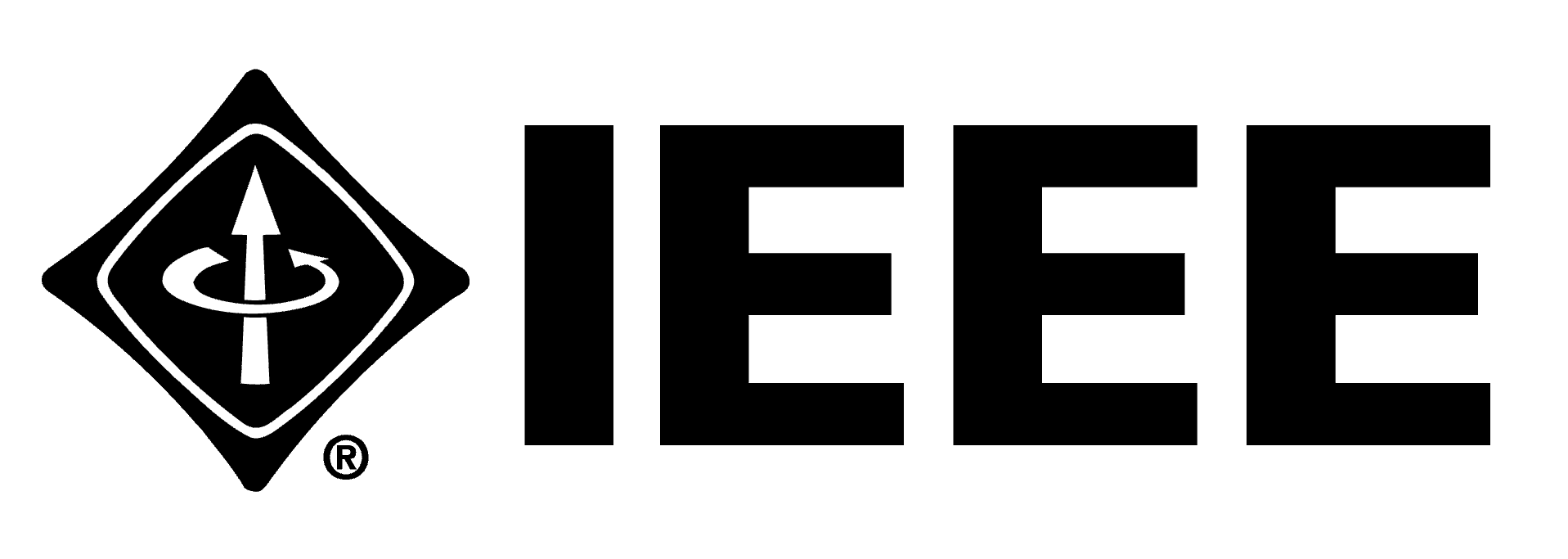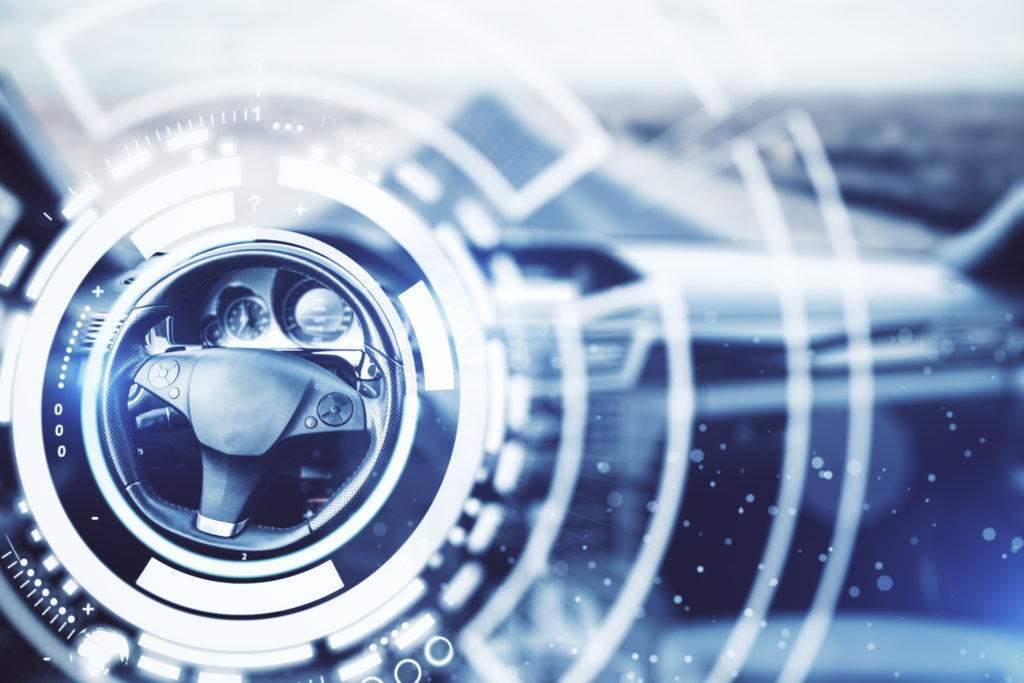By 2040, up to 75% of vehicles on the road will be automated to some degree. This swift increase in autonomous vehicles (AVs) presents a new and significant challenge: how to process, store and protect the expansive volumes of data created by AVs and minimize exposure to risk. As with all things internet-connected, the malicious misuse of security vulnerabilities could have disastrous consequences.
“Centralized vehicle-to-vehicle or vehicle-to-infrastructure networks present issues related to unsolicited tracking, user privacy, software authenticity or worse, the overriding of navigational control systems,” says Rob Kennedy, technical director of engineering consultancy Cundall Middle East and North Africa. “Interference with vehicle collision avoidance systems are an obvious concern. However, other less direct issues, such as the hacking of private accounts to obtain personal trip data, can provide a rich source of information for disruptively-minded organizations.”
Ensuring absolute data security in connected and autonomous vehicles to thwart hackers is vital. Additionally, the question of liability in the event of an AV-involved accident is also top of mind.
The Blockchain Solution
The tamper-resistant nature of the blockchain makes it ideal for protecting AVs and their passengers. This innovative technology’s secure record of data transactions could protect the sensitive information of AVs and also provide insight into liability should an accident occur.
Rather than relying on a mass of independent silos for storing and managing data, a blockchain-based solution will bring all of this information into one secure system. This will help ensure accuracy and transparency while greatly reducing the possibility of entry by hackers and providing trustless consensus to support a new liability framework for AVs.
Determining Accident Liability
The idea is that for every journey made, AVs would enter data onto a blockchain. Since that would generate a huge blockchain, if an accident didn’t occur, the chain would be erased. In the event of an accident, there would be a blockchain holding the “comprehensive evidence” required to attribute liability.
A blockchain-based framework would use the AVs sensor data to reconstruct the scene of an accident. Data on the blockchain would include relevant interactions between an AV and other potential liable entities, such as:
- Instruction to execute a software update.
- Execution of the instruction to identify a potential case of negligence.
- The report of maintenance officer on the maintenance conducted in an AV.
- The data generated by an AV in the event of a traffic accident.
- Data generated by AV events, such as hard braking, speeding and running a red light.
This would show fault caused by manufacturer, maintenance or software provider in terms of service, whether the human driver managed to override some of the actions of the AV, or pedestrians or other vehicles not obeying the rules of the road. It would also protect all these parties from attempts at insurance fraud.
Raja Jurdak, research leader of CSIRO’s Distributed Sensing Systems group, says, “Even if a highly tech savvy owner of the car managed to somehow try to change some records of the data of what happened, that would be detected because of the underlying features of blockchain. In a case where a driver might want to blame the manufacturer or maintenance provider, they wouldn’t be able to do it. They would be caught out.”
 What’s Next for Blockchain
What’s Next for Blockchain
Take your blockchain training to the next level with IEEE’s Advanced Blockchain for Enterprise event, taking place December 4-5, 2018. This two-day live virtual event, led by blockchain expert Steve Derezinski, will focus on the future of blockchain, covering advanced blockchain concepts and applications for managers, engineers and leaders. It’s designed to provide business cases for disruption across the energy, supply chain, Internet of Things (IoT) and finance industries. Register your staff today to learn the technical aspects of using this in-demand technology to impact your bottom line.
Resources
Ilunin, Igor. (18 Jul 2018). Protecting Autonomous Vehicles With Blockchain. Hacker Noon.
Jurdak, Raja; Kanhere, Salil S. (21 Mar 2018). Who’s to Blame When a Driverless Car Has an Accident? Foundation for Economic Education.
Nott, George. (5 Apr 2018). Who is liable when a driverless vehicle crashes? The answer’s on the blockchain. Computerworld.
Rousseau, Oscar. (16 Aug 2018). Blockchain for driverless cars could revolutionise engineering infrastructure. ConstructionWeekOnline.



[…] blockchain technology continues to evolve, it has increasing opportunities to help advance autonomous vehicles, healthcare, supply chain, and the Internet of Things (IoT) with its secure network. Meanwhile, […]